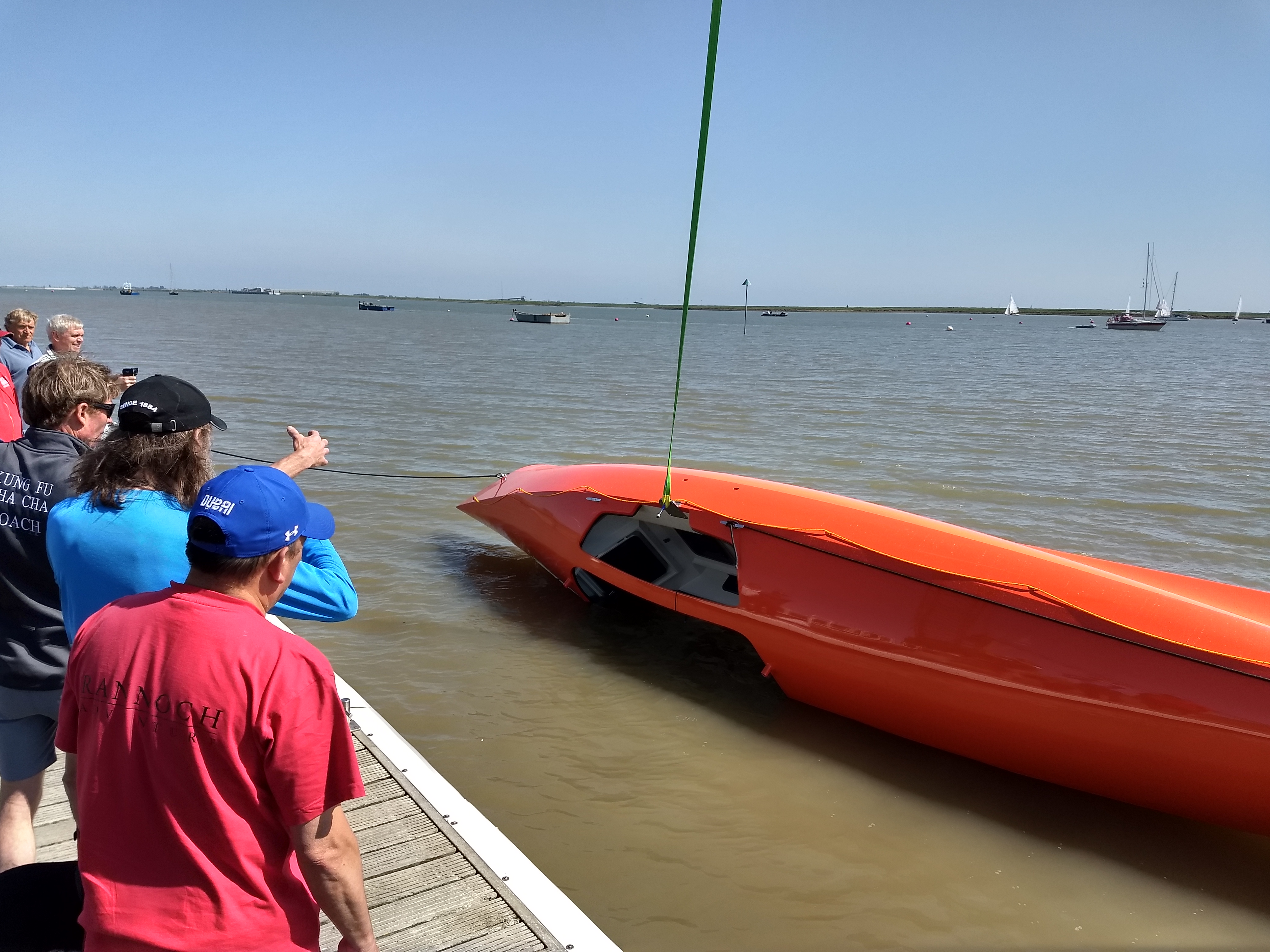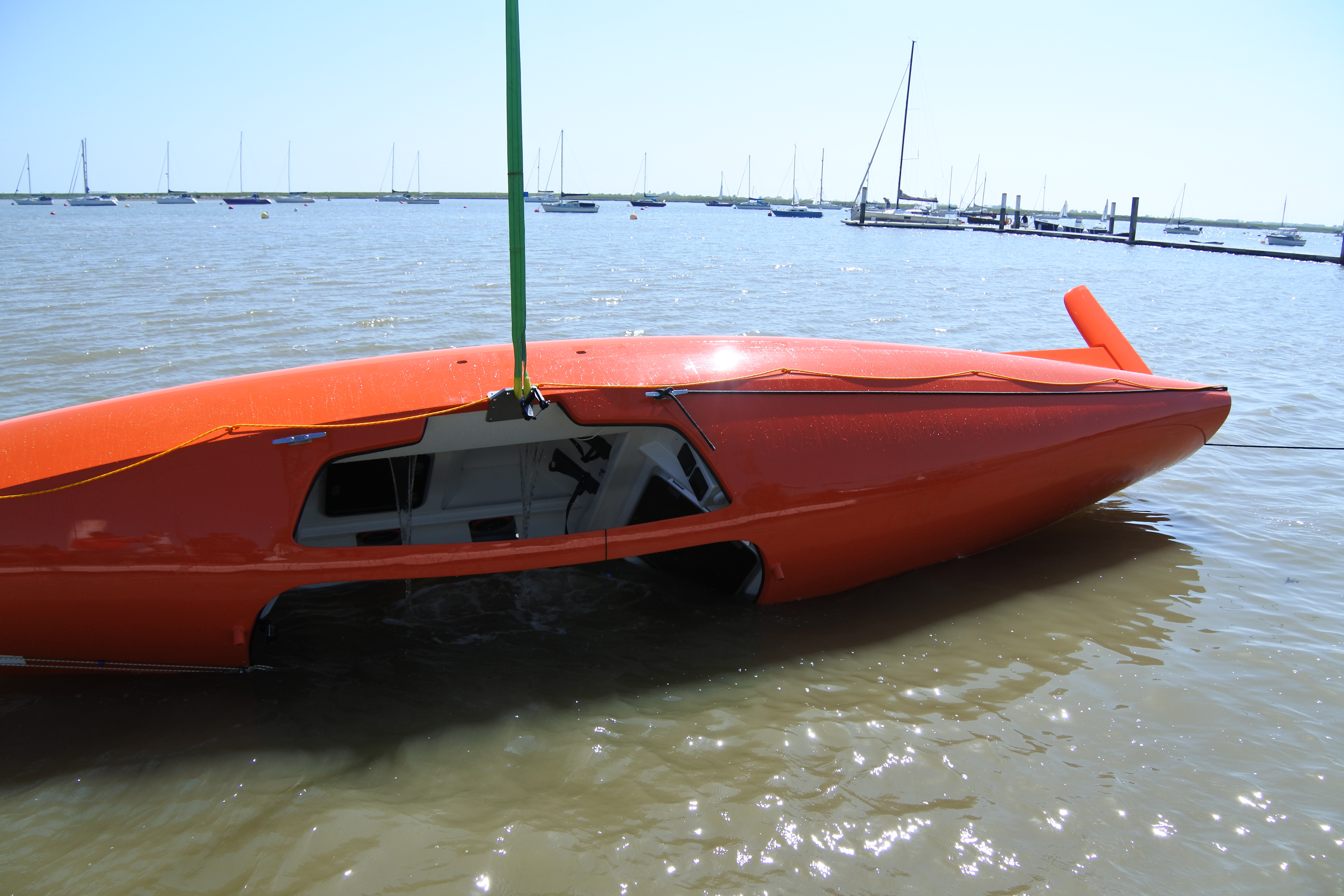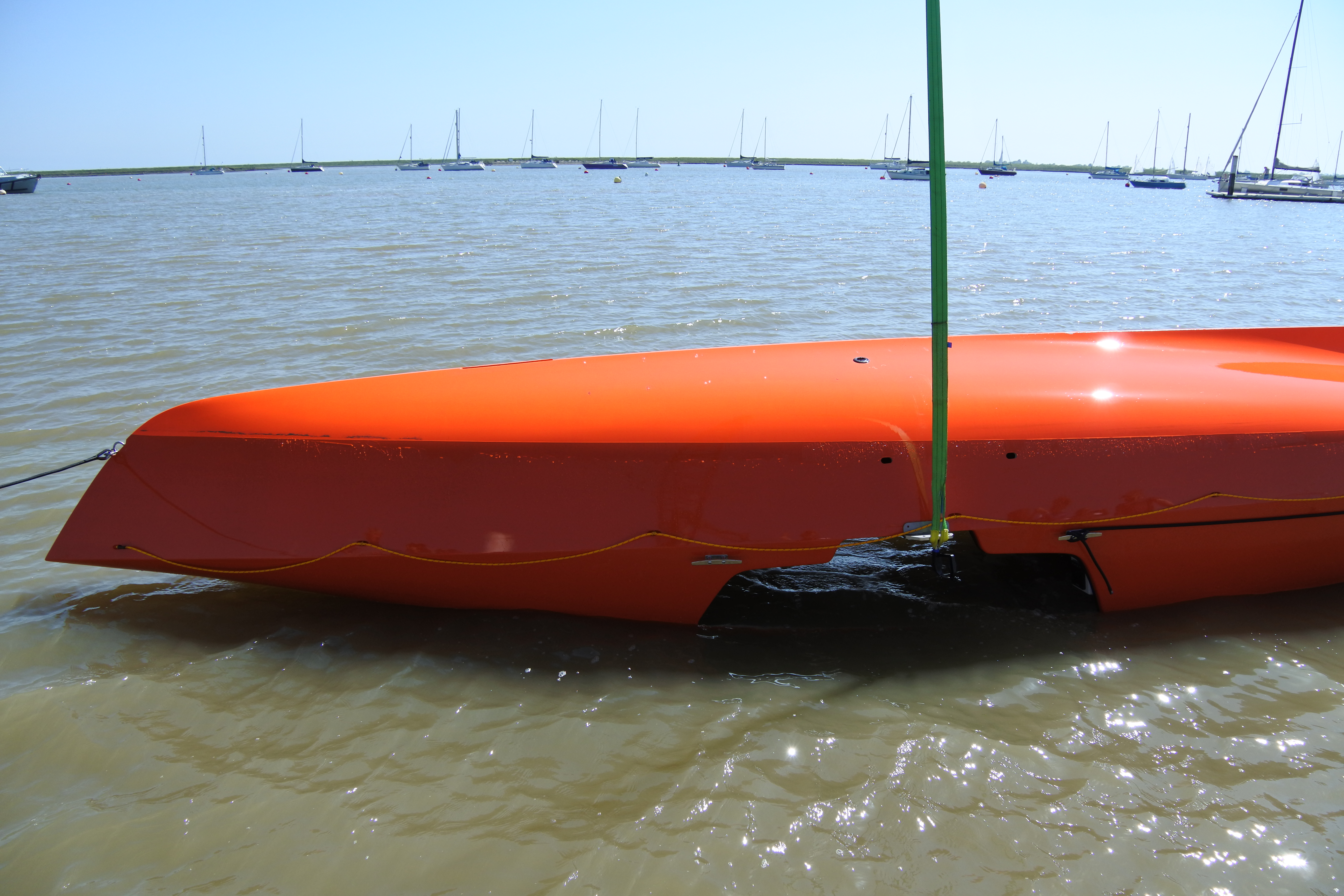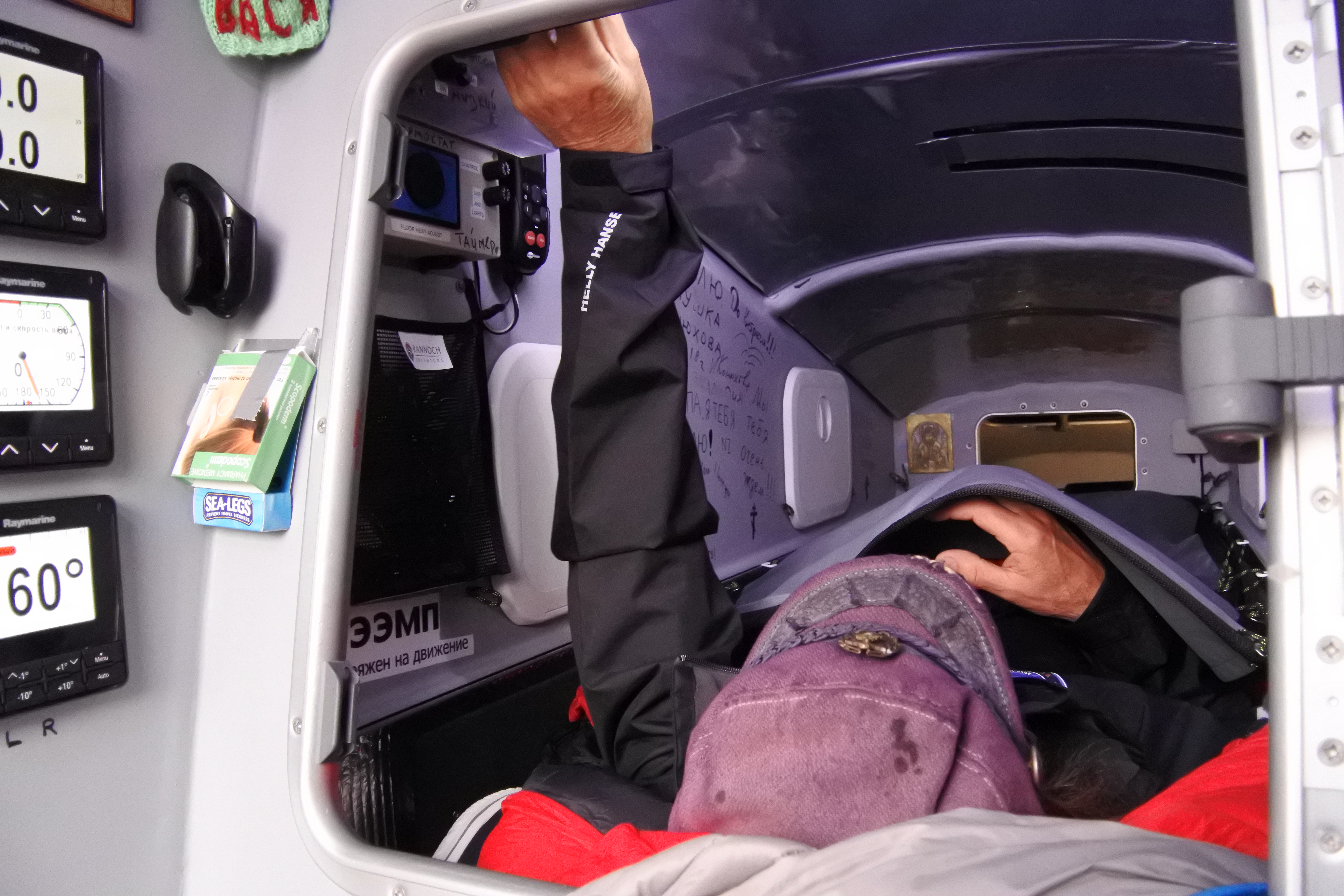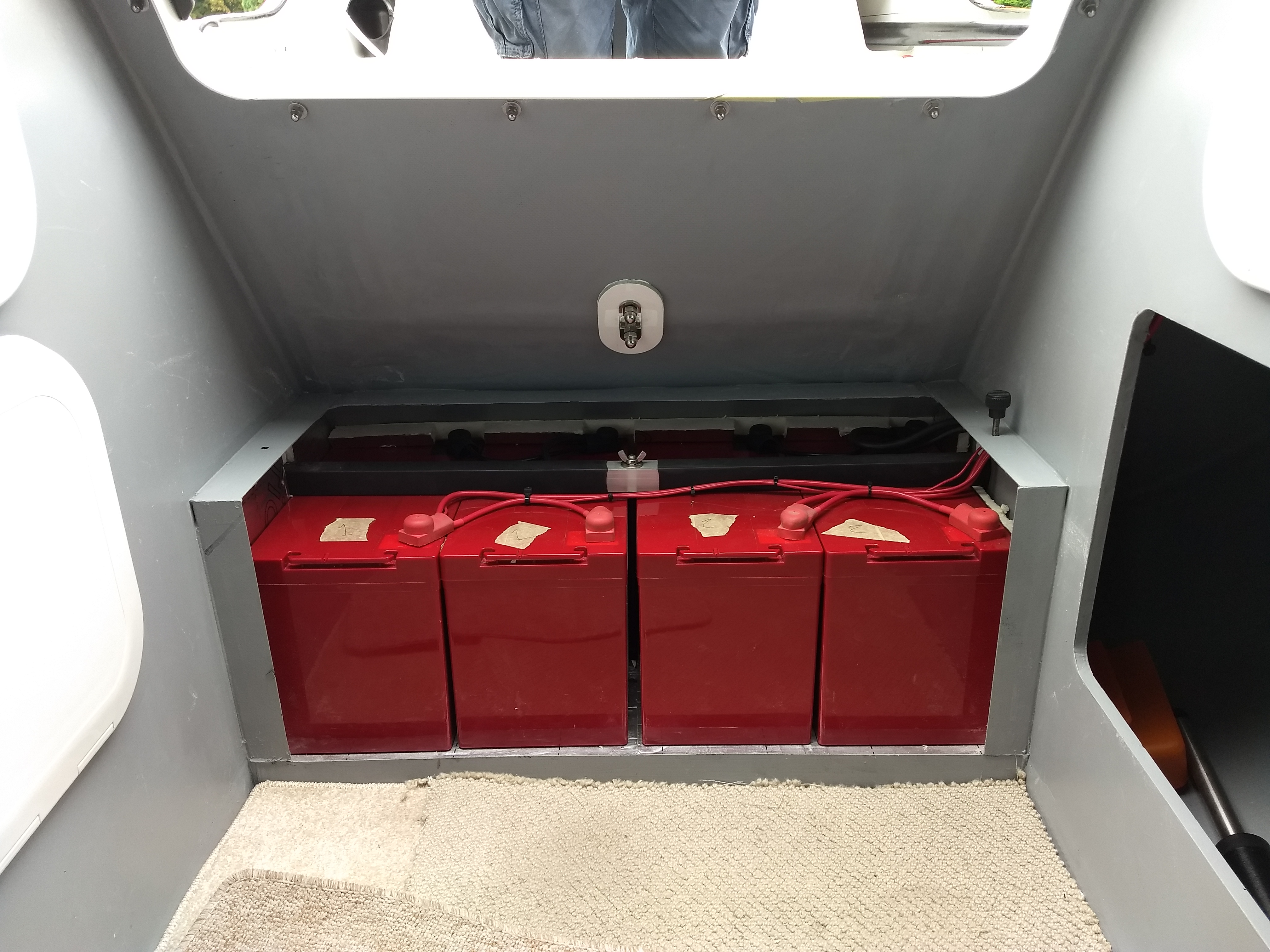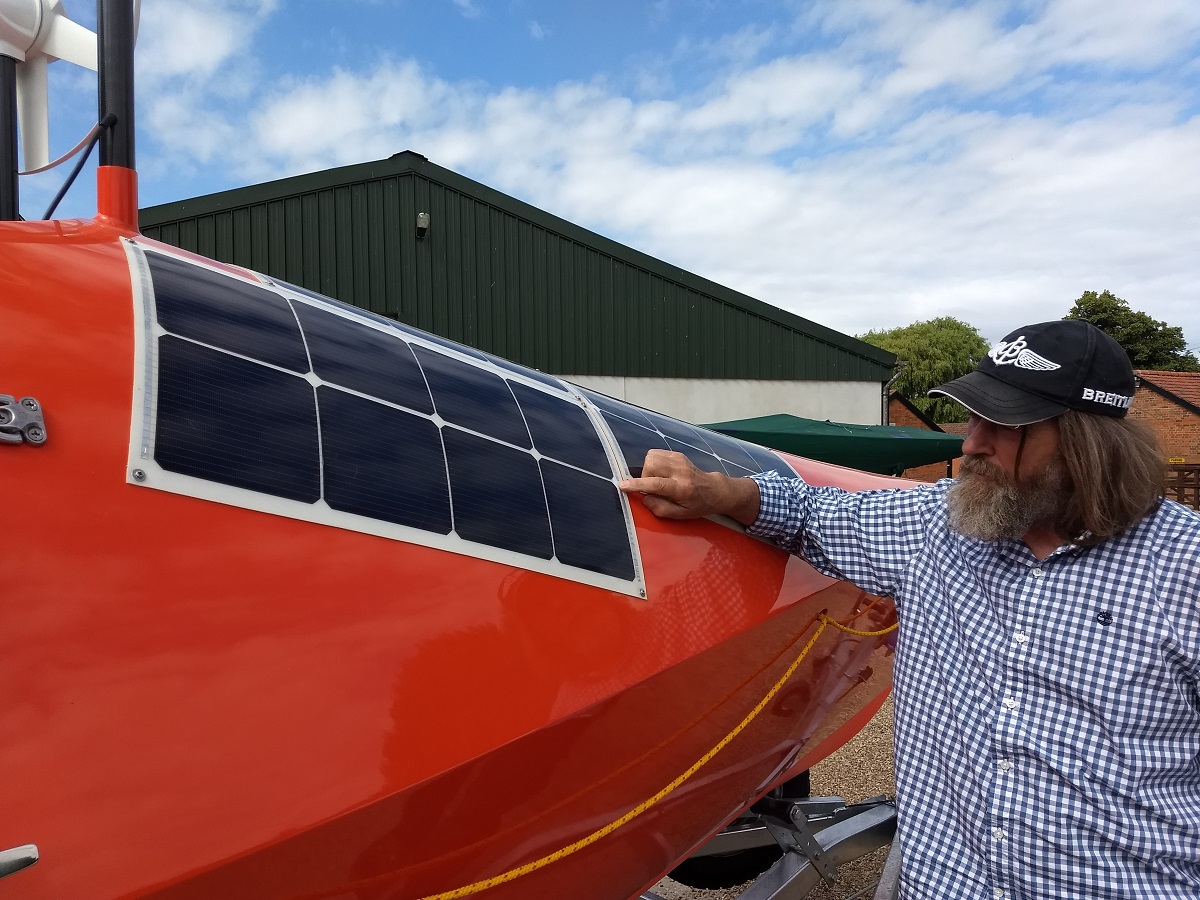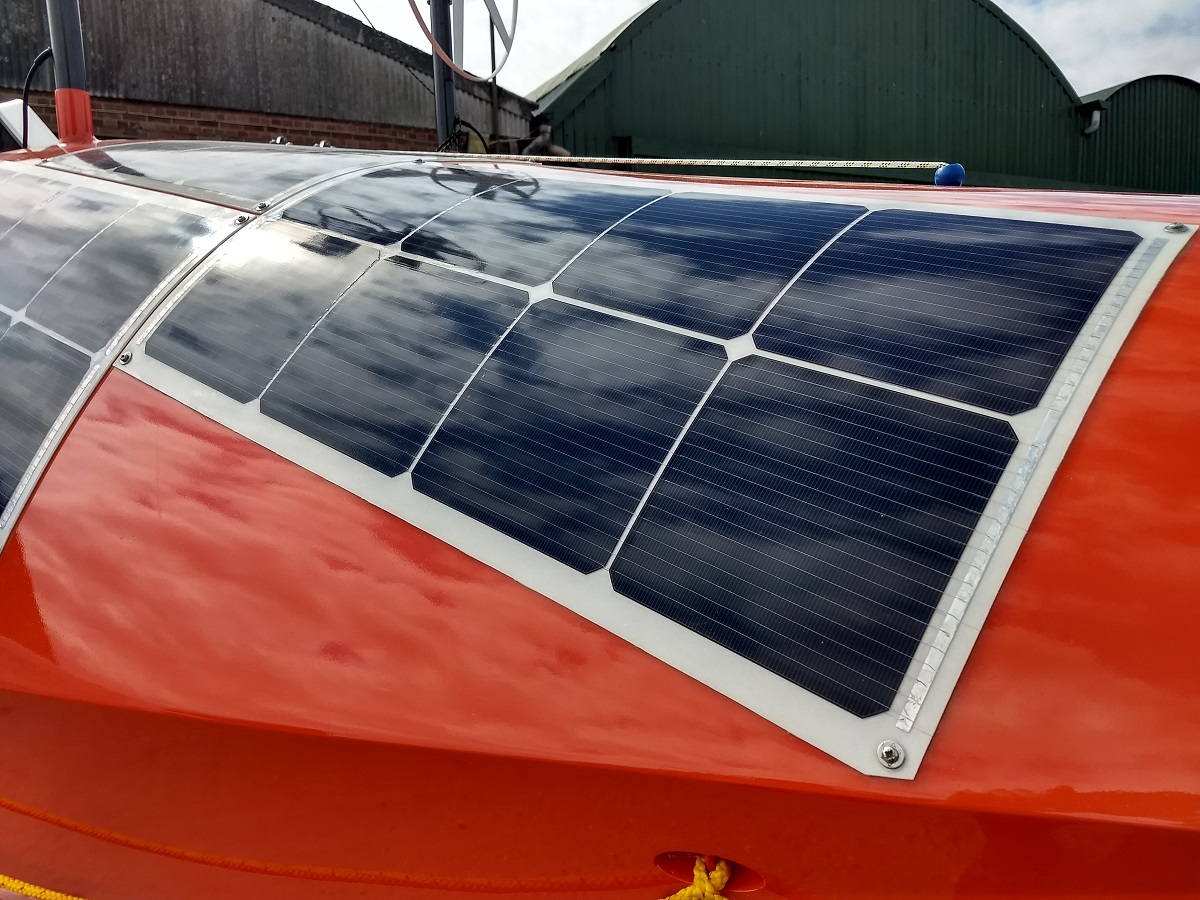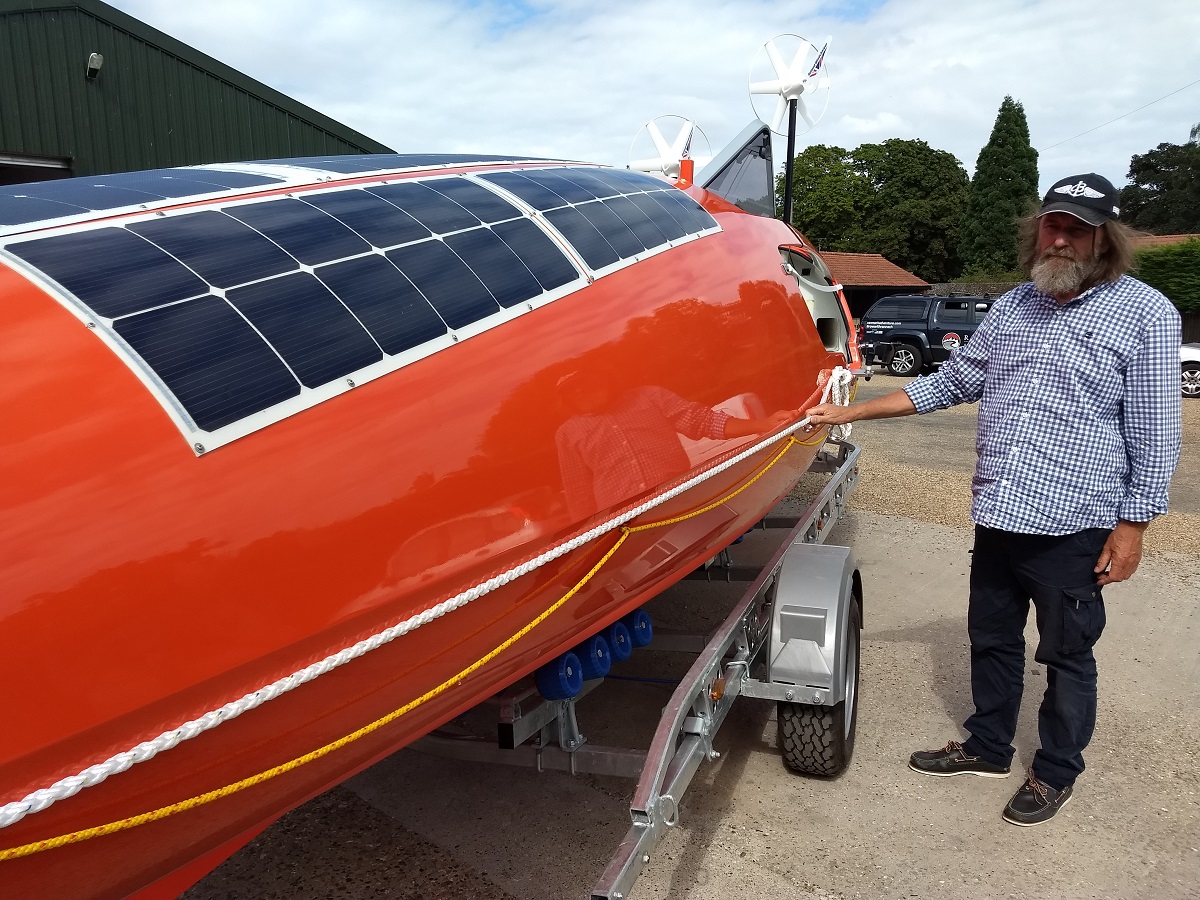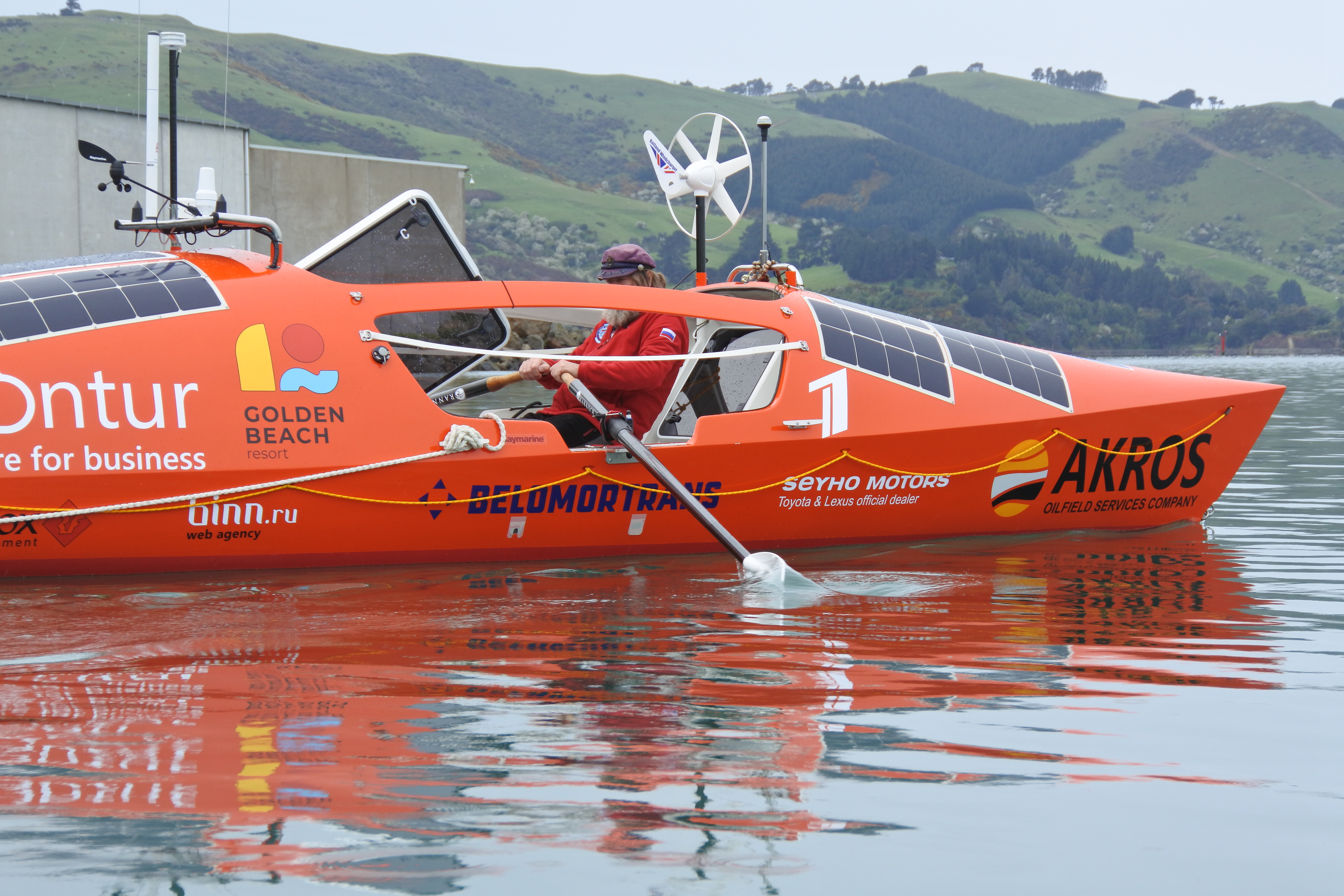Day 118
I am recovering after the events of the previous day. On the one hand, I am glad that our theoretical calculations in the design of the “AKROS” rowboat were correct, as it does return to an even keel when capsized. Last summer, we carried out roll over tests in UK, but we did it in a safety of a harbour, using a crane and in flat waters. The conditions are very different in the Southern Ocean.
On the other hand, after yesterday’s experience, when the boat is raised by the waves today, I brace myself in and expect it to capsize.
I am trying to analyse why the boat did capsize yesterday. It looked like I was in shallow waters, although the map indicates the depths of more than 4 kilometres. Perhaps the superposition of waves, that is the swell and stormwind waves were the reason. In any case, the waves started to come in solid walls after 22:00 Moscow time (I had just finished a communication session with the headquarters in Moscow), and an hour later I was again in the usual conditions of the Southern Ocean, with waves about 200 meters long. Some kind of wave anomaly.
The first wave overturned the boat very quickly: hit, bang, and I did not even realise what was happening. After capsizing for the first time, the boat broached to the wave and, having received a blow from a passing wave, turned over for the second time. The boat lost its momentum, there was no speed and I could not steer the boat with the help of the autopilot, as there was no pressure on the rudder, and thus, I could not control the boat. After a couple of minutes, the boat capsized for the third time and remained in an upside down position. Everything that was not tied down fell: a teapot, dishes, clothes, notebooks. And I hang fastened between the deck and the deckhouse roof, which has become the bottom. Through the entrance hatch, I could see the colour of the ocean water. When you look from the deck to the ocean, the water looks leaden, dark, but from beneath it looks light green, like in an aquarium. A passing wave hit the boat again and helped her to return on an even keel. Gradually, I turned the boat to 150 degrees to the wind and then tried to call to the headquarters to check whether the Iridium phone was working. It did work.
Today, the wind has eased a little, and I used this opportunity to check all the systems. I started the freshwater maker – it works, everything is fine with it. I looked at the front compartment, it’s dry there, no visible damage. I can report that all the damage was on deck only. Everything is intact in the cabin and in the navigation room. It is very important that the onboard batteries remained in their regular places. They are located behind the entrance hatch, fastened with straps, with a step for access to the deck on top of them. If they were thrown away, they could have done a lot of damage: there are 4 of them and each weighs 20 kilograms.
As I already reported, the solar panels on the port side were torn off, and this loss became noticeable immediately. Previously, during daylight hours, I always had a positive energy balance, all onboard devices consumed less electricity than they received through solar panels. For 115 days I didn’t worry about saving electricity, I only tried to save it at night (before dawn). Presently the sky has clear gaps between the clouds and usually, in such conditions, I would already have fully charged batteries, but now they are charging very slowly. Two panels remain on the stern cabin, they lie in a horizontal plane and the sun illuminates them tangentially. The sun is in the north, at the Equator, the left side is lit by the sun, and the right side, the one that looks towards the Antarctic, is in the shade. So, the solar panels are intact on the wrong side, while only the mount surface for the panels remains on the sunny side. The panels themselves were ripped off like with no trace of them – just like an old wallpaper from the wall. The boat was turned over like in a centrifuge. Only two wires are still protruding from the entrance to the cabin. I filled them up with a Sikaflex sealant today, as the water was dripping into the cabin through these holes.
Wind indicator was ripped off together with its mount, it’s not just broke off, but the entire socket was ripped off as well. Even if I had a third spare, I would not have been able to install it. From now on I will have to go blind.
In the events of the last few days, it was only today that I realised, looking in my diary that the second month of autumn had begun, April, which is the equivalent to our October in the northern hemisphere. The weather is deteriorating and I feel that the autumn storms are getting more severe. I should hurry up and complete this journey as soon as possible. It is 1,100 miles to Cape Horn.
Regards to everyone.
52’24 south
97’48 west
